Sakura In Japanese Culture
Springtime in Japan brings with it a cherished event, as it's the blooming season of the cherry blossom trees. The Japanese cherry blossom and its pale pink petals act as a symbol on multiple layers, from a visually pleasing site to a reminder to enjoy life while you can.

This iconic symbol of Japan has become so intertwined with Japanese culture that designs inspired by the blooms are seen throughout various art mediums, including fashion, accessories, home goods, and more. Additionally, the love and admiration for each blooming cherry tree has led to a plethora of Sakura food and drink options, allowing fans to indulge in the delicate aroma and flavor of the short-lived blooms.
As this is a significant symbol of Japan, it's necessary to explore the Sakura tree and flowers further. Below, we dive into the topic, covering the meaning of Sakura, the varieties, why it's important in Japan, how the blooms are celebrated, and more.
What is Sakura?
Perhaps you're wondering, "What is Sakura?". Sakura is a type of cherry tree that blooms each spring instead of providing fruit. The blooms appear in varying colors, from shades of pink to white. Because of their symbolism and beauty, cherry blossoms are considered the unofficial flower of Japan.

Each year, Japanese people gather with their loved ones for cherry blossom viewing, also known as hanami. During these activities, the group gathers picnic items along with Sakura-flavored food and drinks and spends time under the cherry blossom trees in various locations.
This activity has become an important, popular event each spring that brings in large numbers of locals and travelers. In fact, some travelers visit Japan solely to view the blossoming trees.
What does Sakura mean?
Sakura (桜) directly translates to "cherry blossoms," referring to the flowers in full bloom spread across the tree branches on the cherry trees. In particular, these cherry trees are known as prunus serrulata in Japan, a particular variety of East Asian cherry trees.

While exploring the question, "What is Sakura?" it's essential to note its environmental impact. Not only do the Sakura flowers provide significance in Japanese culture, but they also provide nutrients and sustenance to animals and humans. Both birds and people consume the blossoms each year, which occurs as a method to potentially spread the tree's seeds, allowing for even more cherry trees to grow in the future.
Sakura Tree Varieties
Throughout Japan, there are approximately 200 varieties of cherry trees, each with distinct characteristics. Every cherry tree has a different number of flower petals (anywhere from 5 to 20+), and its color can also vary. Some blossoms feature a light pink hue, while others are more white or yellow. Varieties can also include color-changing flowers, which may begin as white and shift to pink.
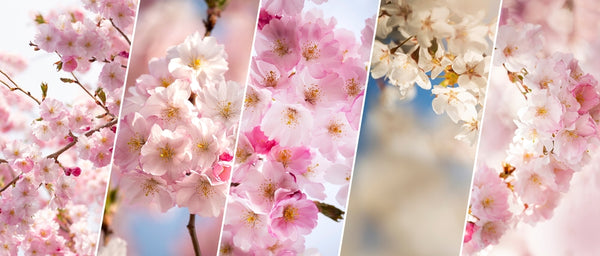
Even the tree's form can change, with varieties ranging from flat tops to v-tops and even weeping cherry trees. While the majority of these trees bloom in Japan in spring, some rarer varieties do not bloom until fall or winter.
Common Cherry Tree Varieties
While many varieties are spread throughout the country, a few stand out as the most commonly seen. One such variety is the Somei Yoshino, a type of cherry tree with leaves that appear later than the blooms, providing a unique visual for visitors. This variety is common, as it is one of the most numerous types in Japan.
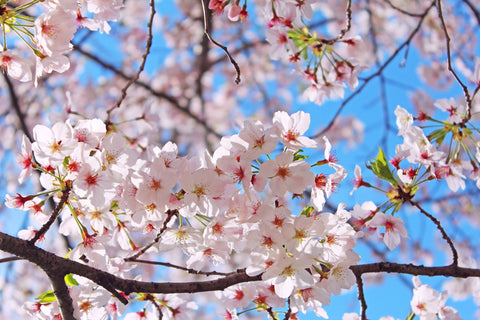
Another extremely common variety is the Yamazakura tree, which grows wildly in Japan. Like the Somei Yoshino, this cultivar has five petals per flower. However, the flowers are much smaller in size.

Why is Sakura important in Japan?
What makes Sakura unique is its meaning, which is contradictory in nature. When answering the question, "What does Sakura mean?" often, many will note they represent birth and death simultaneously. Additionally, their blooms signify the start of spring and beauty. This unique combination of symbolism has been a significant factor in the importance of cherry blossom trees in Japan.

As these flowers are only in bloom for about 1-2 weeks, they have come to symbolize the fleeting nature of life itself. This prompts those participating in hanami (and those able to view the blossoms in daily life) to accept that life is short. Thus, it encourages those viewing the flowers to embrace life and live it to the fullest.
Exploration of Sakura Trees in Japanese History
Initially, viewing parties did not visit trees with blooming Sakura flowers. Instead, aristocratic viewing parties would gather around plum blossoms. However, this quickly shifted to Sakura trees by the Heian Period. Eventually, this event shifted from viewings by those of higher status to an activity in which anyone could participate.
Other groups, beyond the aristocrats, were interested in viewing the blooming Sakura trees in the past, such as farmers, who used the blooms to signal that it was the correct time to begin planting their fields for the year ahead.
It's worth noting that there are more traditional meanings and views of the Sakura flowers (versus their symbolism of renewal, beauty, etc.). These trees often represented the life of a samurai, who were held to strict codes of conduct and moral codes.
As the cherry blossom flowers and petals floated to the ground, they were said to represent the short lifespan of these warriors. In Japanese folk religions, cherry trees were also considered dwellings for gods, prompting people to travel to cherry trees to offer prayers and worship.
Sakura in Japanese Festivals and Celebrations
As mentioned, hanami is a special event for families, friends, and loved ones to gather under the incredible blossoming cherry trees. During this centuries-old tradition, people will bring picnic blankets, chairs, and other Sakura-themed items (including Sakura food) to their local park/viewing spot.

During these casual gatherings, nearby food vendors will offer additional snacks and treats incorporating cherry blossoms. As the flower viewers revel in the beauty of cherry blossoms, they'll contemplate life and what cherry blossoms represent while simultaneously enjoying time with their loved ones.
The beginnings of this tradition were not only for aristocrats/nobility; it was an essential time for farmers. The farmers would spend their time under the blossoms, praying, providing offerings to deities, and crafting feasts. It was thought this method would help summon abundance for the crops throughout the year.
Festivities and Celebrations During Sakura Season
Additional methods of celebration and festivities occur during this time, with various cherry blossom festivals. Each cherry blossom festival occurs for about two weeks, during which the flowers bloom. Depending on the location, the exact dates of the festival will differ. Some top festivals include the Osaka Castle Park Cherry Blossom Festival and the Ueno Cherry Blossom Festival (one of the most expansive in the country).
Onlookers will celebrate Japanese culture during these festivals through various traditions and activities. It's common for tea ceremonies to happen and for hanami viewers to consume sake made from cherry blossoms. However, the meaning of Sakura meaning is deeper than simply exploring drinks and food. With traditions such as dancing and live performances occurring during the festival, the history of Japan's cherry blossoms continues.
Sakura in Japanese Arts and Media
With their varying significance and great beauty, it's easy to see why the Sakura flowers have been adapted to various arts and media forms for years. Various art forms have depicted these incredible flowers through the years, often providing a setting for the viewer by establishing the season, accentuating important infrastructures, and even providing a storytelling element.
The beauty and impermanence of the flowers have inspired many mediums, including poetry, other forms of literature, music, film, and anime. Beyond the mentioned meanings, including Sakura flowers in arts and media can symbolize alliance and friendship, providing a more intense meaning to various art forms.
Initially, these flowers were primarily seen in paintings, drawings, and poetry. However, in more recent years, these iconic blossoms have expanded into other mediums, including anime, manga, and pop music. Sakura has become so influential in Japanese culture that the word has shifted into a common name for males and females. Because of this, the name has transcended into the anime and manga world, often as the name of various characters in varied genres and stories.
Famous Artwork and Literary Works
While it's becoming more popular in newer mediums, it remains a common element in various artwork and literary work styles. For example, Celestial View of the Hasedera Temple, a famous woodblock print crafted in the Edo period, depicts the cherry blossom trees and Hasedera Temple from above. This inclusion of Sakura is meant to provide viewers with a concept of the season of the painting.

It was also a commonly included image in ukiyo-e, a famous Japanese art style known for depicting everyday life, people, and idyllic scenes. This style primarily occurred between the 1600s and 1800s. However, artists like Tsuchiya Koitsu crafted art pieces (such as Geisha and Cherry Tree at Ueno Park) in the same style to preserve the practice in the 1900s.

In literature, topics such as the beauty of Sakura are covered in various manners, often complementing the primary storyline. Other works explore the cherry blossom trees as a negative entity. For example, Into the Forest, Under the Cherries in Full Bloom, a classic piece of Japanese literature, depicts the trees as an anxiety-inducing plant for a bandit. Each time the bandit walks underneath the trees, he feels a sense of dread.
However the cherry blossoms are depicted, they are clear to be an enduring inspiration for all forms of art and media.
Sakura Food and Cuisine
With its ever-extending reach, Sakura has long been an inspiration in Japan's culinary world. From traditional foods consumed for centuries during cherry blossom viewing to modern takes on Sakura cuisine, ample options are available annually. Below are a few examples of Japanese food inspired by the lovely, fleeting cherry blossoms.
Sakura Mochi

Crafted with a soft, pillowy, chewy exterior, this deliciously pink offering is a traditional treat often seen at hanami gatherings. It can be offered in a few different formats, including options filled with sweet red bean paste and those wrapped in salty cherry blossom leaves.
Sakura Tea
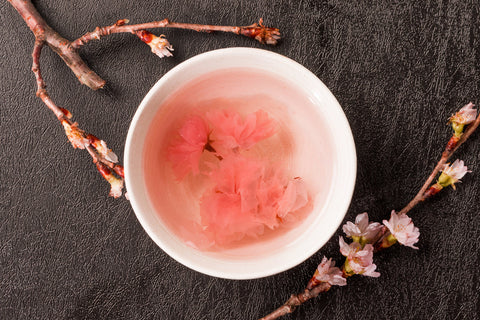
As tea ceremonies are popular during hanami, so is Sakura tea during the spring season. Created with preserved, salted flowers, this tea provides a unique salty, tangy flavor that many find favorable while viewing the Sakura. An aromatic drink, this tea is said to provide many health benefits to the drinker.
Sakura-Flavored Confections
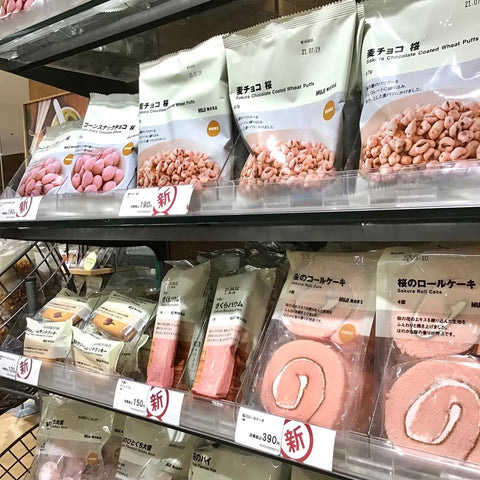
Additional offerings at these celebrations include Sakura madeleines, cakes, cookies, and even puddings. Each dessert includes the floral flavor and aroma of cherry blossoms, along with a hint of pink to represent the hue of the flowers.
Including Sakura in Seasonal Foods
Multiple ingredients are plucked from the Sakura tree in order to provide a plethora of Sakura food. While a good portion of the Sakura cuisine is prepared with pickled and preserved cherry blossoms, others are crafted from Sakura leaves. Even still, other recipes include Sakura essence (concentrated extract from cherry blossom flowers/leaves) and dried cherry blossom powder.
With this plethora of available ingredients and formats, it's easy to see how so many Sakura food options have arisen through the years. Since the cherry blossoms only last a few weeks, preservation is a top choice for those preparing Sakura ingredients for culinary use.
Many variations of Sakura ingredients are crafted from flowers/leaves, which are salted and pickled in ume (plum) vinegar. This method extends the life of the flowers and, thus, provides even more opportunities for chefs of all manners to use this seasonal ingredient in their creations for hanami celebrations and beyond.
The 2024 Cherry Blossom Season
Each year, the cherry blossom season shifts depending on when the blooms are expected. However, it typically occurs between March and May. This year, the blooms are occurring from the end of March to the beginning of April. It's worth noting that different areas of Japan see the blooming season at different times. The primary blooming season watch is specifically for areas like Tokyo, Kyoto, and Osaka.
Usually, the northern section of Japan experiences these wonderous blooms later each spring, while southern Japan's cherry blossom tree blossoms can be viewed approximately a month earlier. Those visiting locations like Sapporo will see the flowering cherry trees around the end of April.
Those staying in the Tokyo area can appreciate the beauty of cherry blossoms in locations like Shinjuku Gyoen National Garden and Ueno Park. Other top choices for viewing the blooms include Osaka Castle and Maruyama Park.
Conclusion
With the popularity of cherry blossom viewing rising, it has become a highly anticipated activity each year. Additionally, the tradition of viewing the blooming flowers has extended to other mediums, including apparel, collectibles, and food items, further demonstrating the impact of the beauty and symbolism of Sakura. The transience of Sakura provides various meanings, including life's fleeting nature. It's essential to view the beauty of these trees firsthand. One can further explore Japan's culture, traditions, and daily life by indulging in Sakura flower viewing.
If you aren't able to visit Japan in person this spring, you can still delve in and immerse yourself in the beauty of Sakura with the 2024 Cherry Blossom Japan Crate. This crate provides an escape into a world with blooming cherry blossom trees and further details on Japanese culture through multiple senses.
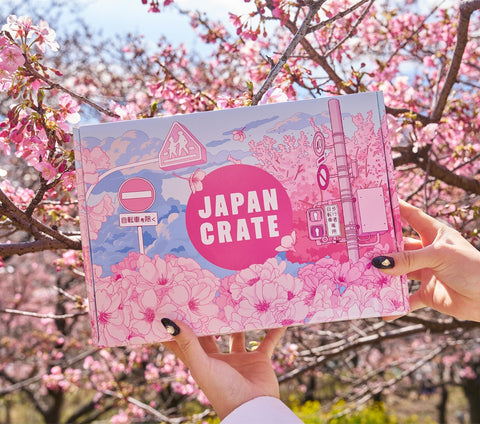
This carefully curated selection of Sakura-themed items, snacks, a collectible, and gamification is the ideal way to join in the celebration of cherry blossom season and hanami. Don't miss out on this special offering from Japan Crate. Click this link to subscribe now to a monthly curated selection of Japanese-exclusive items, and begin your Sakura celebrations!
Author Bio



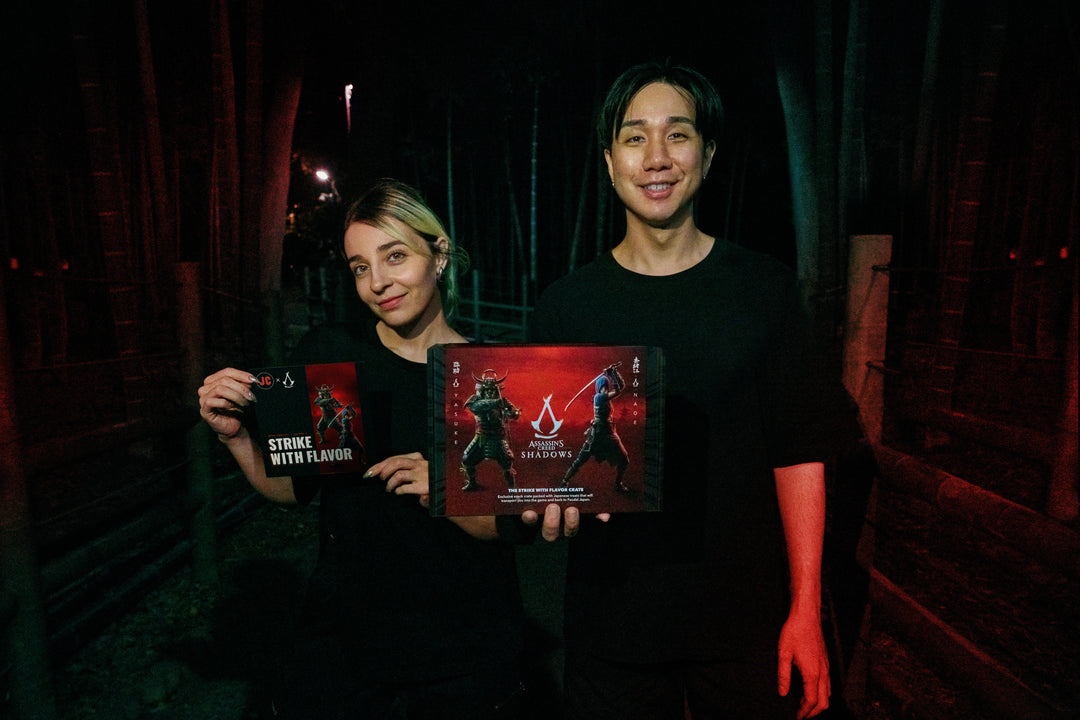
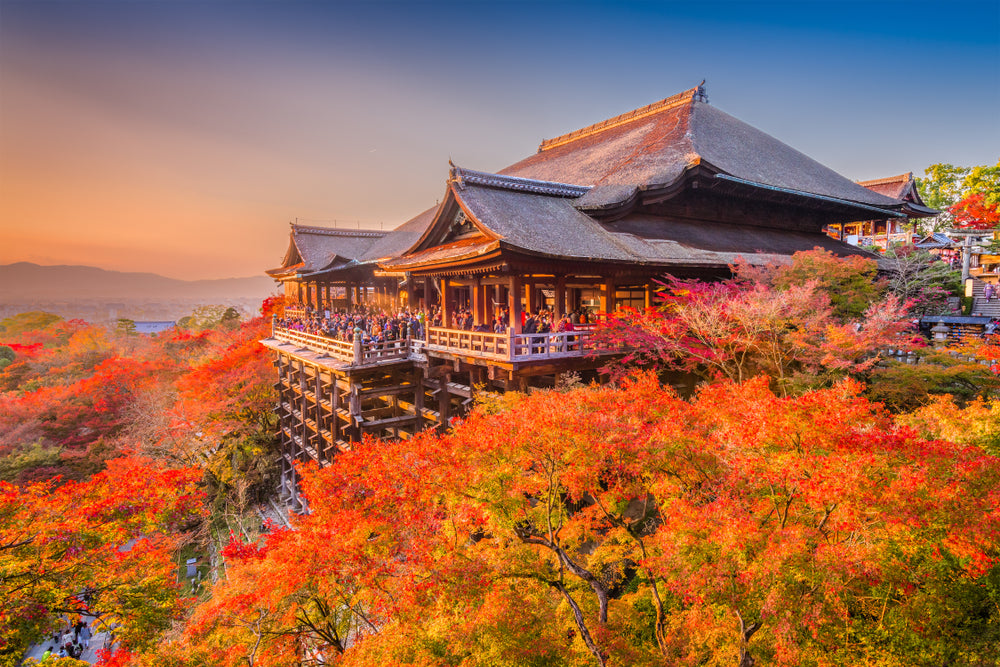

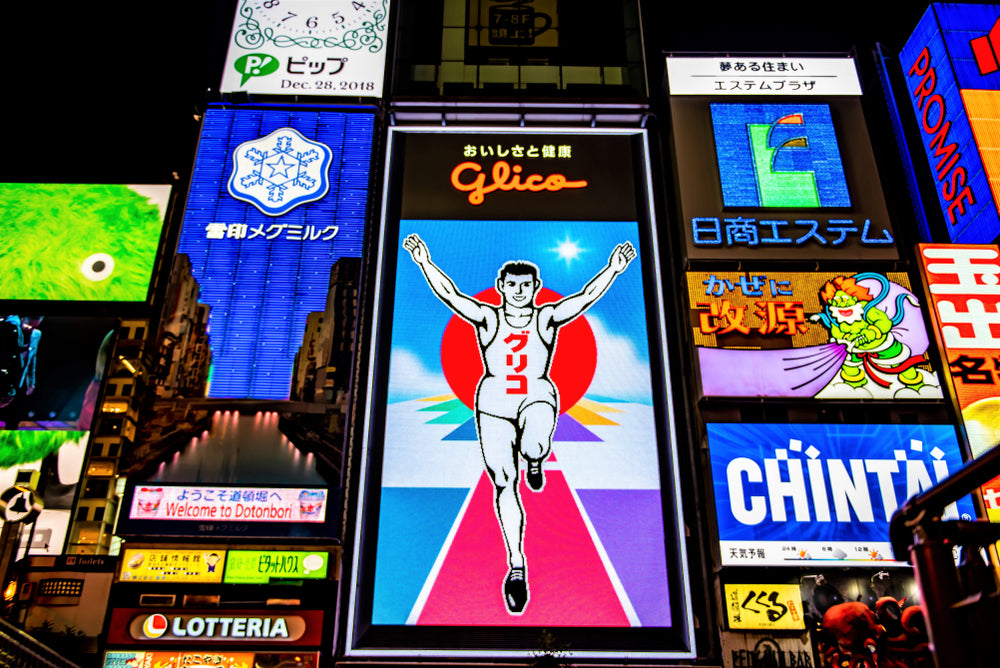
Leave a comment